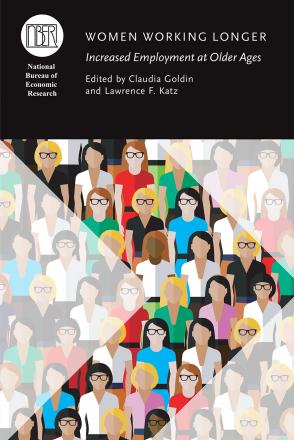Older Women's Labor Market Attachment, Retirement Planning, and Household Debt

Have older women’s current and anticipated future labor force patterns changed over time? If so, what are the factors associated with longer work lives and plans to continue work at older ages? Using data from both the Health and Retirement Study (HRS) and the National Financial Capability Study (NFCS), we show that older women’s current and intended future labor force attachment patterns changed over time. Specifically, compared with our 1992 HRS baseline, more recent cohorts of women in their fifties and sixties are more likely to plan to work longer. When we explore the reasons for delayed retirement among older women, factors include their gaining more education, having more marital disruption, and having had fewer children than prior cohorts. But household finances also play a key role, in that older women today have more debt than previously and are more financially fragile than in the past. The NFCS data show that factors associated with retirement planning include having more education and greater financial literacy. Those who report excessive amounts of debt and are financially fragile are the least financially literate, had more dependent children, and experienced income shocks. Thus shocks do play a role in older women’s debt status. But it is not enough to have resources: people also need the capacity to manage those resources, if they are to stay out of debt as they head into retirement.


